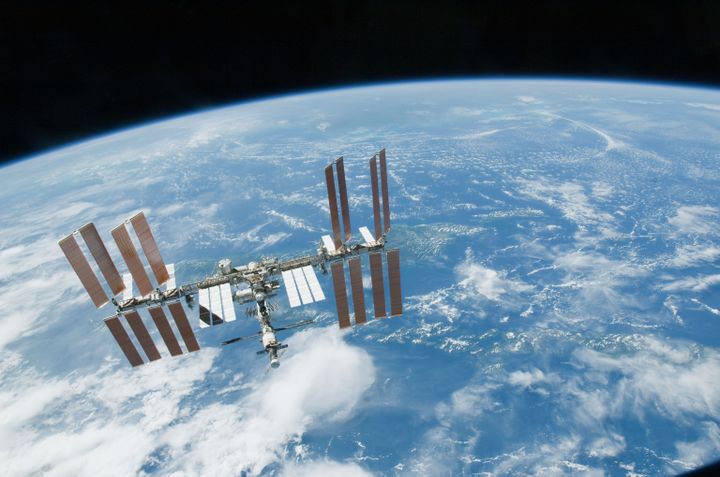
Humans have been in space since 1957, but its potential is really just being explored. No, we're not necessarily talking about moving to Mars or hitchhiking on an asteroid, although that's pretty cool as well. No, we're talking more about starting to build things in space. Ideally, using stuff that's already in space to do the build.
There's been much talk lately about living off the resources of whatever planet or moon we happen to land on, which is especially exciting as we find water in more and more locations. Permanently shadowed craters on Mercury and the moon have ice in them. Water used to flow on Mars in the ancient past, and could be there underground. We could potentially use the ice for drinking water, and the regolith (soil) to build structures. Such thoughts are theoretical, but it's from these ideas that things are built.
Problems with building in space
But we have some problems to solve first. If a machine joint seizes on a distant planet or moon, it's not very easy to send a repair person over there with a little oil. This is sparking some research into what is called "frictionless technology", where a group in Madrid is proposing using magnets instead of joints to get moving in other locations. Meanwhile, scientists worldwide are lucky enough to have access to a constantly orbiting science platform: the International Space Station.
The ISS is big and expensive and critics worry that astronauts do not spend enough time doing research up there, amid the repair duties and other things that people must do to survive for the long term (such as budgeting two hours of exercise per day). But as the years go on, NASA says it's becoming more efficient at its work and that the station will start to return some interesting science and manufacturing.
One huge example lately was the first of many 3D printers to arrive on the ISS. Instead of having to sit around and wait for a tool to arrive on the next spaceship, the astronauts can (in theory) download the plans at their convenience, print off what they need and then use it immediately. The 3D printer is only in the testing phase right now, so it will be a few months or years before it can be used for regular manufacturing. The potential, however, is it could be used for a space colony -- where sending a piece of equipment would be prohibitively expensive.
A 2013 NASA "top 10" list of ISS benefits actually downplays the manufacturing side of things, perhaps because it's a little early to talk about tangible results. There is discussion about observing Earth, looking at dark matter in space, and several health-related benefits or research (either for astronauts or for people on Earth). That said, the ISS was said to help in two manufacturing areas: suspension of particles (which could lead to better manufacturing of nanomaterials) and flames (to better understand how combustion works.)
Potential benefits and workarounds
Could space manufacturing bring down the costs of exploration in the long-term? That depends on many factors. Somewhere in there, humans have to be involved in the process. If they're there in person, they have to be housed and fed and kept happy in between doing their work. If they're working from far away, there is a time delay to consider -- on Mars, the average 20-minute wait between transmission and reception means the rovers used there can't go very far. Perhaps our best hope of success in that realm would be on the moon, where there's only a few seconds of wait time.
Another possibility is making robots a heck of a lot smarter. If they were able to use skills such as problem-solving, recognizing when a routine process or environment changes and how to react, and how to work together, it could be possible to do at least basic manufacturing with the robots in place. Artificial intelligence development continues here on Earth; who knows, in a few decades things could look a lot different.
For now, however, we have the ISS and a few other environments that produce bursts of microgravity (such as the infamous "Vomit Comet" airplane that flies parabolas.) NASA promises there will be great scientific return out of the orbiting facility; it will be interesting to see what kind of research is produced in the coming years.








